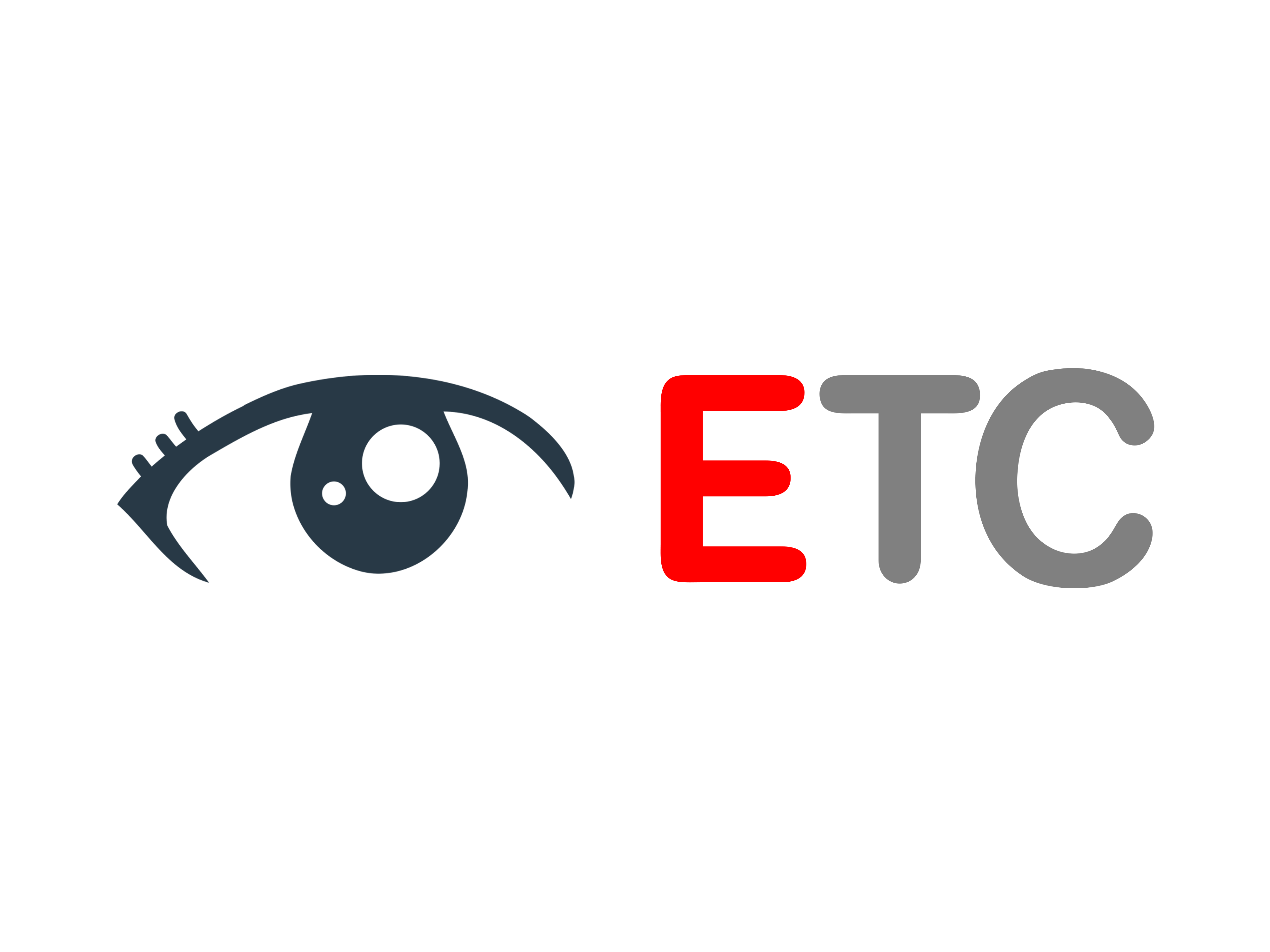Stakeholder Feedback Loops: Create mechanisms for ongoing feedback from stakeholders.
Managing Expectations: Set realistic expectations and timelines with stakeholders.
Proactive Issue Management: Anticipate and address potential issues before they escalate.
Win-Win Solutions: Seek mutually beneficial solutions for stakeholders.
Empathy and Understanding: Put yourself in the shoes of stakeholders to understand their perspectives.
Timely Responses: Respond promptly to stakeholder inquiries and concerns.
Influencer Engagement: Engage with key influencers who can impact other stakeholders.
Continuous Engagement: Maintain ongoing engagement throughout the project lifecycle.
Feedback Integration: Use stakeholder feedback to improve project outcomes.
Stakeholder Motivations: Understand what motivates each stakeholder and their goals.
Adaptability: Be flexible and willing to adapt to changing stakeholder needs.
Stakeholder Education: Educate stakeholders about the project and its benefits.
Balancing Interests: Balance competing interests and priorities among stakeholders.
Mitigating Risks: Identify and mitigate risks associated with stakeholder dissatisfaction.
Conflict Prevention: Implement strategies to prevent conflicts from arising.
Stakeholder Training: Provide training or resources to help stakeholders understand the project.
Stakeholder Representation: Ensure diverse stakeholder representation in decision-making.
Long-Term Relationships: Focus on building long-term relationships with stakeholders.
Customized Reporting: Provide tailored reporting to different stakeholder groups.
Stakeholder Buy-In: Secure buy-in and support from key stakeholders.
Measuring Impact: Measure the impact of stakeholder engagement on project success.
Cross-Functional Collaboration: Foster collaboration among stakeholders from different departments.
Appropriate Feedback Channels: Offer various channels for stakeholders to provide feedback.
Stakeholder Involvement in Governance: Involve stakeholders in project governance.
Sustainability Considerations: Incorporate sustainability and long-term perspectives.
Resolving Resistance: Address resistance from stakeholders through dialogue and negotiation.
Proactive Engagement: Anticipate stakeholder needs and engage proactively.
Stakeholder Empowerment: Empower stakeholders to contribute and influence decisions.
Learning and Adaptation: Continuously learn from stakeholder interactions and adapt strategies.
Continuous Improvement: Strive for continuous improvement in stakeholder management.
By addressing these critical issues, organizations can enhance stakeholder management practices, leading to better relationships, improved project outcomes, and overall organizational success.


